

Monuments are a reflection of a society’s artistic, cultural, and technological advancements. From ancient structures like the Pyramids of Egypt to modern landmarks like the Burj Khalifa, the materials and designs used in monuments play a crucial role in their creation and longevity. This article explores the materials and design principles that shape monuments today, looking at both traditional and contemporary approaches to monument construction and the influence of modern technology on design.
Stone, particularly marble, has been used in monument construction for centuries due to its durability, aesthetic appeal, and strength. Stone monuments like the Pyramids of Giza and the Colosseum have withstood the test of time, showcasing the material's ability to endure the elements. Marble is especially valued for its luxurious appearance, and many iconic monuments, such as the Taj Mahal in India, are made from this material.

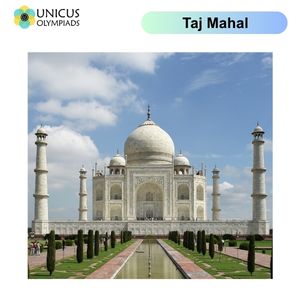
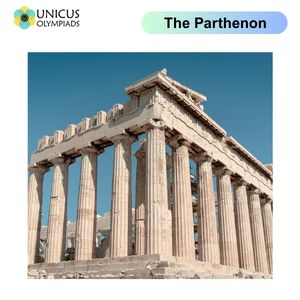
Bronze and other metals have also been integral to the creation of monuments, particularly for sculptures, statues, and decorative elements. Metals provide strength, longevity, and the ability to create intricate details, making them ideal for public monuments and memorials.

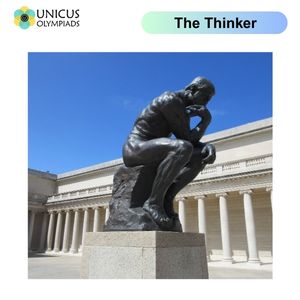

Wood has been used throughout history for its accessibility, ease of carving, and natural beauty. While less common in large-scale monuments today, wood is still used for smaller, traditional monuments, such as shrines or commemorative structures in certain cultures.
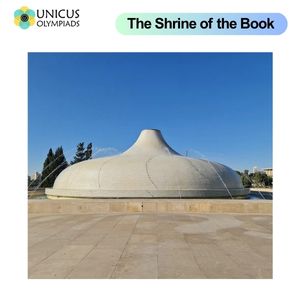
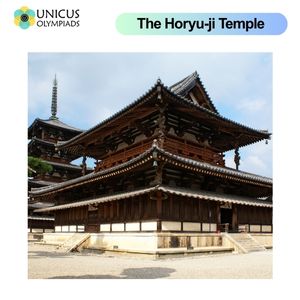
Glass is becoming an increasingly popular material in modern monument construction, particularly in the design of skyscrapers, museums, and memorials. Glass allows for transparency and light, offering a connection between the interior and exterior of the monument, while also creating a visually striking appearance. Its reflective quality can evoke symbolism, representing purity, openness, or fragility.

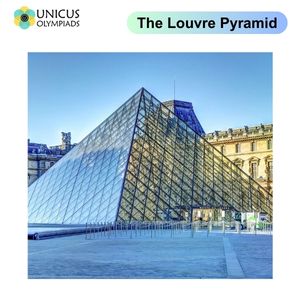

Steel and concrete have revolutionized the construction of monuments, particularly in modern skyscrapers, bridges, and memorials. Steel’s strength allows for the creation of tall and complex structures, while concrete is highly durable and versatile, suitable for a variety of designs. Together, these materials provide stability and the flexibility needed for modern architectural expression.



Designers often incorporate symbolic elements in monuments to convey messages, honor individuals or events, or represent societal values. For example, the Statue of Liberty symbolizes freedom and democracy, while the Berlin Wall Memorial represents unity and reconciliation after the fall of the Berlin Wall.
Modern monuments often feature innovative designs that push the boundaries of engineering. From the verticality of skyscrapers like the Burj Khalifa to the suspension design of the Golden Gate Bridge, modern engineers continually experiment with new techniques and materials to create landmarks that stand as feats of modern science and technology.
Today’s monuments often serve multiple functions beyond being mere symbols. They may act as public spaces, museums, or places for reflection and interaction. For example, the Vietnam Veterans Memorial serves as both a memorial and a public space for visitors to engage with the history it represents, while the Crystal Bridges Museum integrates art with nature by using natural elements in its design to enhance visitors’ experiences.
With growing environmental concerns, many modern monuments are designed with sustainability in mind. Green building practices and energy-efficient designs are increasingly incorporated into monument construction. For instance, the Guggenheim Museum in New York features environmentally friendly technologies in its design, while buildings like the Shanghai Tower are constructed to meet high sustainability standards, using efficient heating and cooling systems and renewable energy sources.